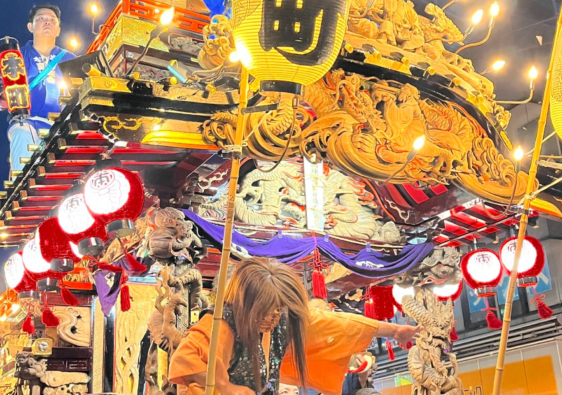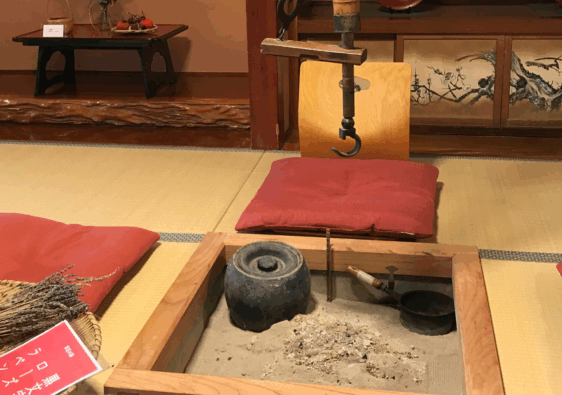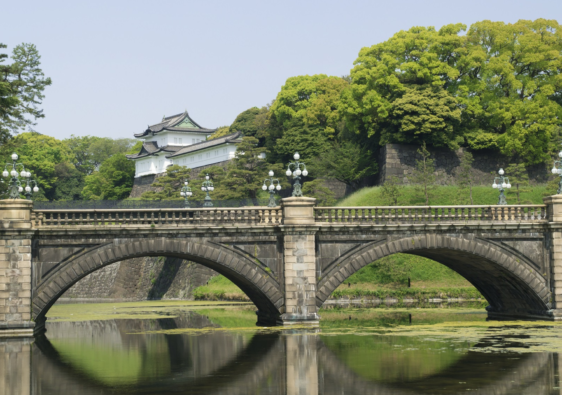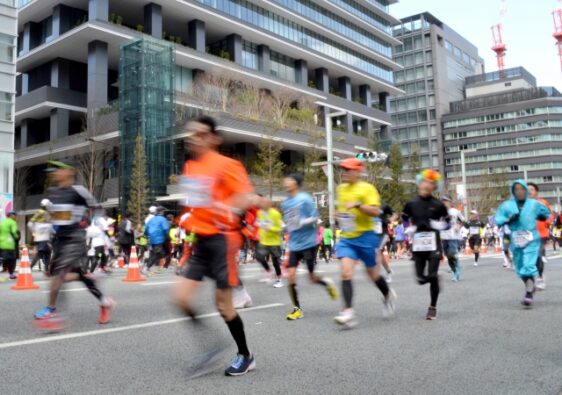Japan, with its stunning landscapes, rich cultural heritage, and unique experiences, is a dream destination for travelers.
In the spring of 2023, the famous tourist spots were overflowing with people due to the large number of tourists visiting Japan and the increase in domestic travel demand after Corona.
Voted the number one country in the world by global travel magazines in 2023, Japan attracted a record 3 million tourists in March this year. This figure represents an increase of 11.6% compared to pre-pandemic 2019. And the number of domestic travelers increased by 97.2% compared to the previous year, indicating an increase in demand for domestic travel.

While domestic and international tourism demand is recovering rapidly and regaining its liveliness, tourists are concentrating on some areas and times of the day, and there are concerns that excessive congestion and violations of etiquette will affect the lives of local residents, reduce travelers’ satisfaction, and deteriorate the landscape.
It is very happy that many people from overseas are attracted to Japan and visit this country, and the local people want to make this beautiful landscape sustainable and enjoy it for a long time with the tourist. For this reason, each region and the Japan Tourism Agency have begun to take measures to prevent and improve overtourism, but it will take some time to respond to rapid changes.
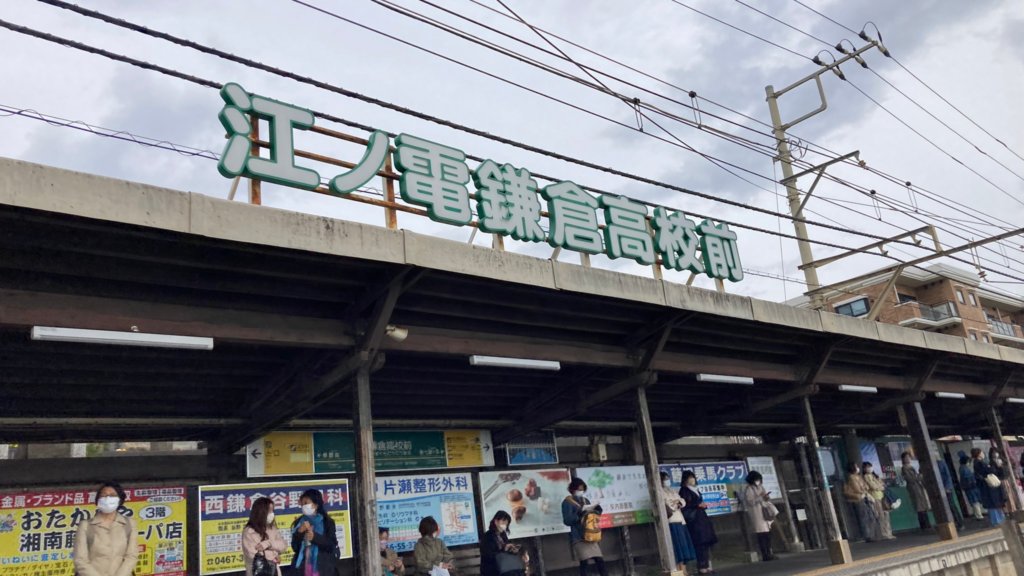
However, even in this situation, it is possible to enjoy beautiful nature, scenery, traditional culture, and unique experiences comfortably without crowds with a little ingenuity. We sincerely hope that travelers from overseas will be able to enjoy the wonderful scenery and culture of Japan as comfortably as possible. Therefore, here are some tips to help you enjoy Japan more comfortably.
There are two main ways to do this. The first is a “Timing is everything”, and the second is “Discover hidden gems”. Let’s take a look at each of them.
1.Timing is everything
If you are visiting Japan for the first time, of course, you will want to visit popular tourist spots introduced on SNS. Avoid peak tourist times by exploring attractions early in the morning or late in the evening. You’ll have a more serene experience without the crowds.
For example, Asakusa is famous for its large red Kaminarimon gate, the main hall of Tokyo’s oldest temple, and the shopping street on the approach. The shopping street on the approach is generally open from around 10 a.m. to 4 p.m., so you can’t enjoy shopping early in the morning or at night, but Sensoji Temple opens at 6 a.m. and is illuminated every day until around 11 p.m., so you can see a different face from the day in the quiet and calm atmosphere.
Even if you can’t get up that early, I recommend it’s somewhat better to go to Sensoji Temple by 9 o’clock.
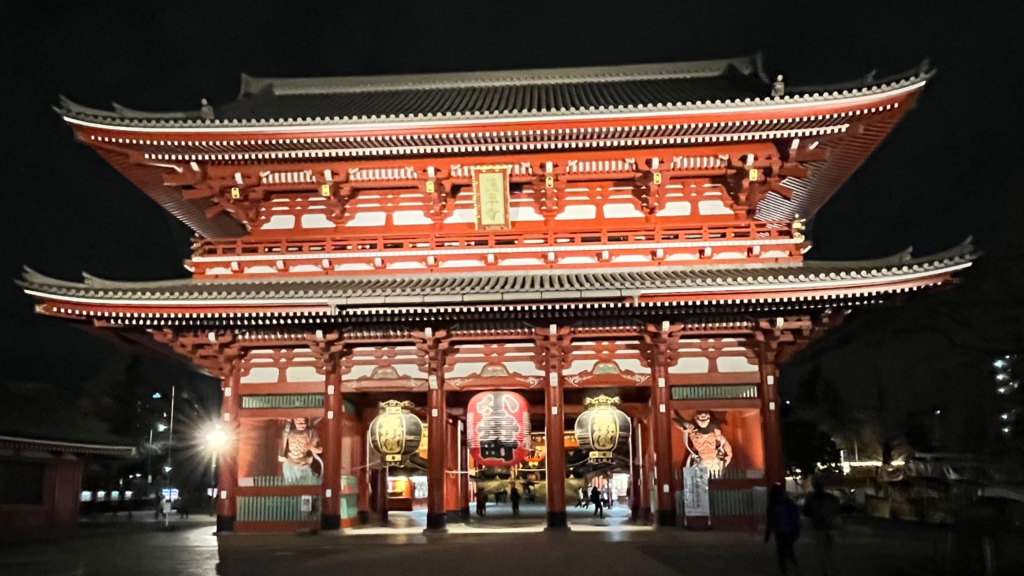
Even after most of the Tsukiji Market was moved to Toyosu Market, it still remains in the place where it was opened in 1935 as a tourist spot where you can experience Tokyo food culture. There are made up from two market areas in Tsukiji: an inside market visited by food professionals and an outside market visited by tourists.
The inside market is open only to professionals from 5 a.m. to 9 a.m., but after 9 a.m., the market open for public to buy fresh foods. For food professionals who work early in the morning, there are cafeterias around the outside market that open before 9 a.m. If it’s before 9 a.m., it’s not so crowd, so how about eating an early breakfast in Tsukiji?

Toyosu food Market, the latest food market, is also easy to get to from central Tokyo. You can watch the “tuna auction” from 5:30 to 6:30 in the morning at Toyosu. As in Tsukiji, there are restaurants that are open from around 6 a.m. for those who work from early in the morning. I think it’s an interesting experience to enjoy breakfast after watching the tuna auction in the early morning.

In addition, Shibuya is full of people looking for many cutting-edge fashions on weekends, so there are relatively few people in the morning or late at night on weekdays. You can also see the flow of people walking skillfully through the scramble intersection from the upper floors of some buildings.
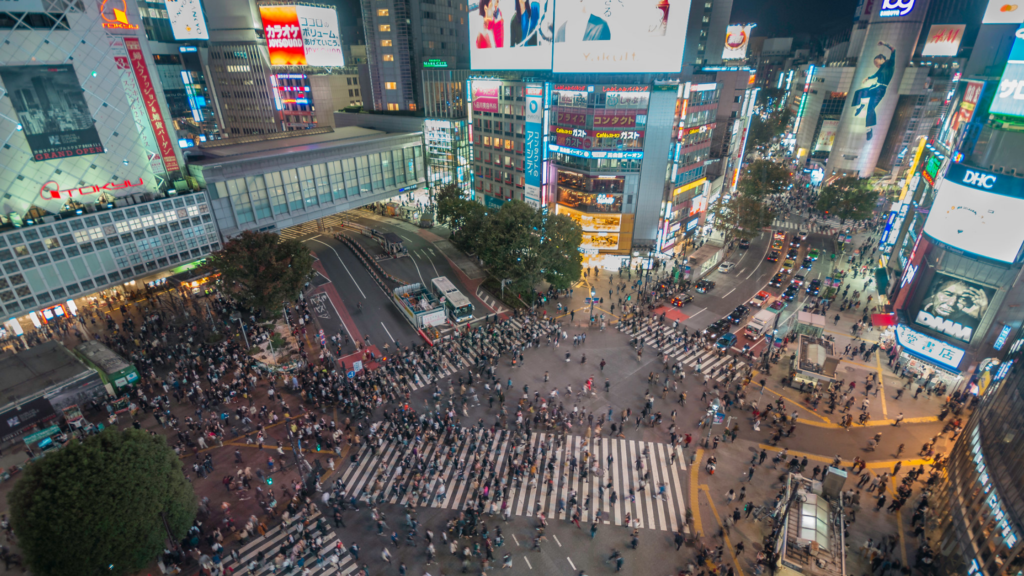
Visiting popular tourist spots early in the morning not only means there are fewer people, but you’ll also get a different look than usual.
Select a calm season
Each with its peak and off-season in four seasons of Japan. The local stagger the time of year to avoid the crowds and visit scenic places.
The cherry blossom season, there are about 200 types of cherry blossoms in Japan, and the flowering timing varies depending on the region and variety. In the suburbs of Tokyo, the early-blooming Kawazu cherry blossoms are famous, and they begin to bloom around the beginning of March, and blooming Yamazakura at Kawaguchiko lake and Chichibu in May.
In addition, early March is before the school spring break, so it is a very good timing for spring travel when there are few tourists.
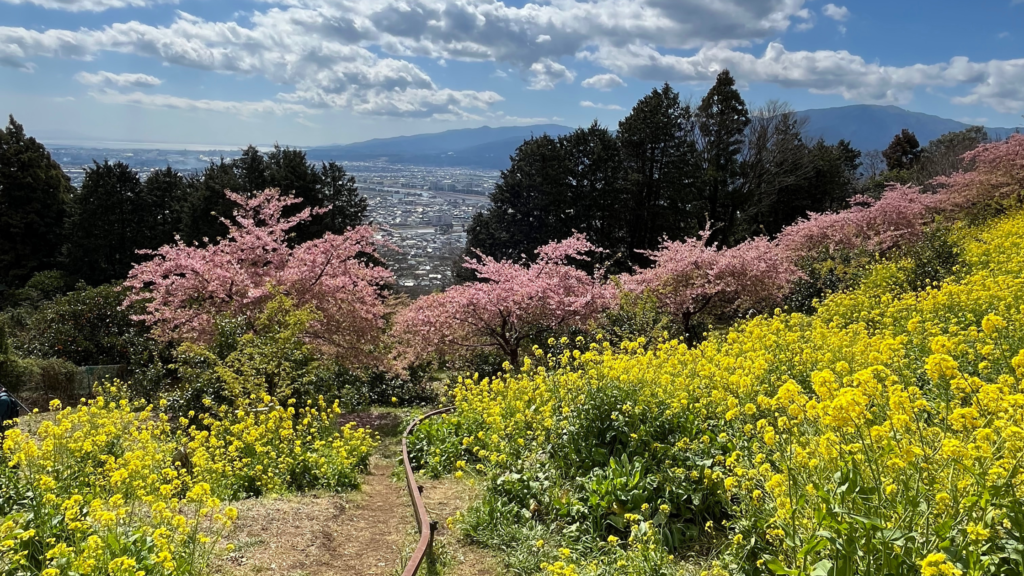
Understand Holidays in Japan
The rate of paid leave taken by Japan is very low in the world. As a result, the number of domestic travelers increases during national holidays. Especially, Family trips increase during the specific timing of August (Obon) and New Year holidays.
Holidays in 2024
- December 30th ~ January 3rd: New Year holidays
- March 25 ~ April 7: School Spring Break
- April 30 ~ May 6: Golden Week
- July 20 ~ August 31: School summer vacation
- August 10 ~ August 13: Summer break (Obon)
- September 14~16, 21~23: Silver Week
Why don’t you take a slightly “staggered trip” to avoid the crowds and enjoy the wonderful scenery?
From here, I will touch on how to enjoy each season trip.
Spring: Symphony of Flowers
After the cherry blossom season is over, after spring break and after the Golden week holidays, domestic travel demand is in the off-season, and good timing for travel Japan.

- Azelea and Nemophila: At this time, parks and temples gardens burst forth with color as azaleas and nemophila (baby blue eyes) bloom. Imagine strolling through a sea of delicate petals, each one whispering secrets of renewal.
- Spring festivals: The air is charged with excitement during spring festivals. From traditional rituals to modern celebrations, there’s something for everyone. Try a local matsuri (festival) where vibrant floats parade through narrow streets, accompanied by lively music and laughter.
- Hydrangeas: Before the rainy season arrives, hydrangeas steal the spotlight. Their vivid blues, pinks, and purples transform gardens and hillsides. Wander along forest paths, and let these captivating blooms transport you to a dreamy realm.

- Countryside: The beautiful countryside filled with water is a beautiful sight unique to this time of year. The rolling hills, and rice paddies, the countryside comes alive, reflecting scenery in mirror-like ponds

Summer: Embrace the heatwave
In 2023, there were 64 midsummer days that exceeded 86℉, and 22 days of extremely hot days that exceeded 95℉.
The Japan Meteorological Agency has predicted that it will be a hot summer this year as well. It is very difficult to go out during the day time in the hot season, but there are some ways to enjoy Japan to the fullest, such as
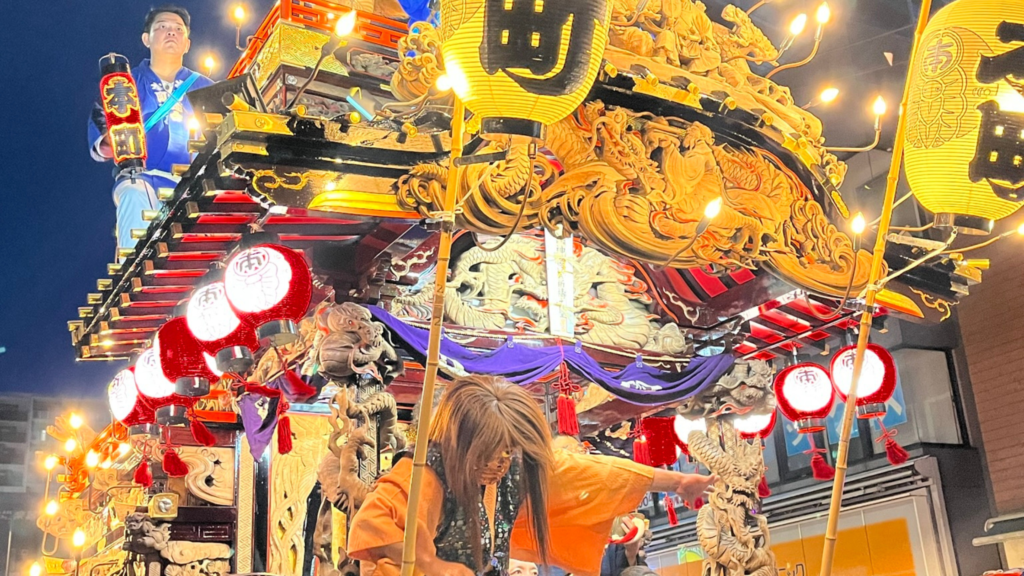
- Chase the cool breezes:
- leaving the city center and visiting the mountain side where the temperature drops a little.
- Indoor Culture Delight:
- Experiencing Japan culture indoors to find cultural treasures.
- Summer festivals and fireworks under the stars.
- As twilight paints the sky, Japan comes alive. Night festivals and Hanabi (fireworks) where magic happens. Imagine lantern-lit streets, and the scent of yakitori wafting through the air. Join locals in celebrating summer—dance, laugh, and savor the moment.
- Mt. Fuji’s call:
- The climbing only permit period is from July to September. However, mountaineering regulations will be stricter from 2024 to prevent dangerous climbing, so please be prepared when you go.
Autumn: Symphony of colors
Autumn in Japan—a symphony of colors, whispers of cool breezes, and secrets tucked away in every leaf.
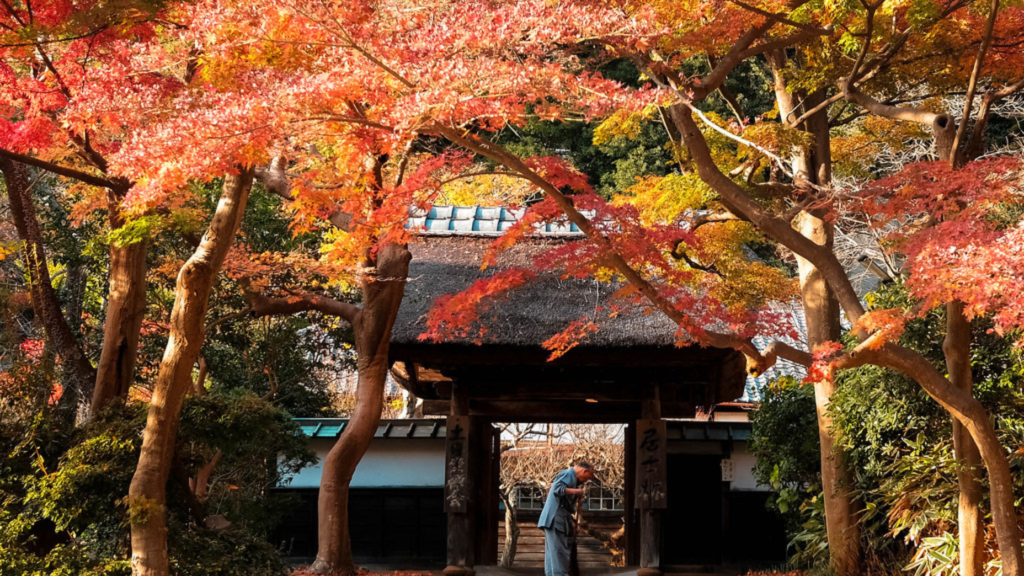
- Autumn leaves:
- October unveils Hokkaido and Tohoku’s fiery foliage and move to Kanto in November. Picture crimson maples and golden ginkgo trees against a backdrop of misty mountains. It’s like stepping into a painting. Wrap yourself in a cozy scarf and wander—each leaf tells a story.
- Stroll local town:
- Early October is a little early for the bright red autumn leaves, but it is a very good time to strolling around the city with good weather, and the domestic travel demand is calm, so a trip to Japan at this time is highly recommended.
- Stay Awhile:
- November, many tourist spots become popular for domestic travel to watching autumn leaves, so it is recommended to don’t rush and soak in Hot springs. Sip Sake under moonlit maples. The leaves fall around you, like confetti celebrating life’s fleeting beauty.
Winter: Snow Wonderland
Step into a world where snowflakes pirouette and hot springs whisper secrets. Japan’s winter is more than just cold—it’s a canvas of wonder waiting to be explored.

- Winter: Snowfall Symphony
- The first snow of 2023 was in late October in Hokkaido. Snow cover seems to be lagging behind every year due to global warming. In the heavy snowfall area from January to February, you can enjoy the beautiful cozy “Kamakura” (snow huts) and snowy scenery.
- Onsen Magic
- In the area with a beautiful winter scenery, it is recommended to take a lodging and enjoy the scenery and hot springs slowly. Imagine soaking in an open-air hot spring, snowflakes melting on your skin. Snow-capped peaks surround you. Steam rises, and you forget the chill. It’s bliss.
- Tokyo’s Suprise
- The air is clear during the winter, you will be surprised to see Mt. Fuji with snow on the top of the mountain even from Tokyo. It is also fun to strolling in the Tokyo city lights are illuminated from middle of November at nighttime.
2.Discover hidden gems
Here are seven ideas for exploring the local area’s hidden treasures and avoiding the crowds and traveling like a local. So, Let dive into the world of hidden gems.
- Asakusa’s Time Capsule:
- Around Sensoji Temple lies a maze of narrow streets-a glimpse into old-world Tokyo. There are retained the atmosphere of an old-fashioned downtown. Forget the crowds, here, you’ll find authenticity.
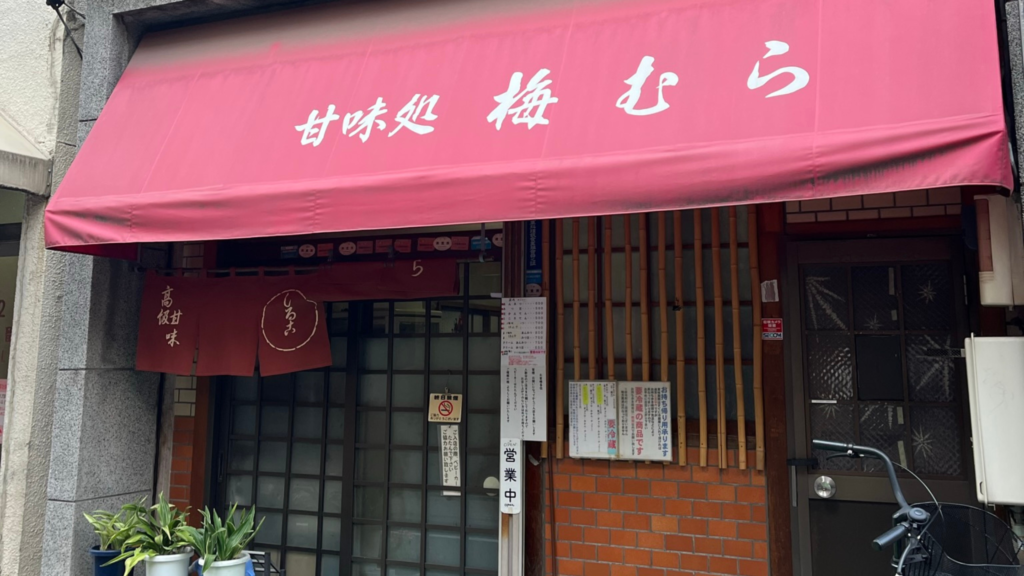
- Hidden Mt. Fuji and blooming flowers
- The famous cherry blossom and Mt. Fuji spots are not only the place introduced on SNS. Cherry blossoms are a representative flower of Japan and bloom everywhere to blend in with people’s lives. Explore the lesser-known corners—tiny shrines, lakeside cafes, and secret trails. The locals know where Fuji’s magic truly hides.

- Misaki Fisherman’s bounty
- Beyond the bustling Tsukiji Market lies Misaki and Oarai. An hour by train from Tokyo, these fishing ports blend tradition with daily life. Tasty fresh harvest of seafoods with affordable price, watch boats bob, breathe in the sea breeze and see the nature beauty. It’s seafood heaven without the crowds.

- Izu’s Hot spring Hideaways
- Hakone and Kusatsu, which are famous as hot spring resorts, are also attractive, but there are many great hot springs like a Shuzenji in the nestled mountains of Izu offers serenity. Soak in wooden tubs, listen to cicadas, and let the hot spring waters heal your soul.

- Mt. Fuji’s Volcanic flow town
- Bullet trains whisk you to Mishima—a city shaped by Fuji’s fury. Underground springs feed its rivers, and cherry blossoms bloom along volcanic paths. It’s a canvas of contrasts—fire and water, ancient and modern.

- Niigata Countryside Canvas
- Niigata Echigo Yuzawa isn’t just for skiers. In spring, summer, and fall, it hosts the “Daichi no Art Festival.” Imagine sculptures against rice fields, sunflowers nodding, and laughter echoing. There is art woven into nature in the 1 hours from central Tokyo by bullet train.

- Okutama’s Valley Whispers:
- Two hours from Tokyo lies Okutama—a realm of emerald valleys and ancient forests. Hike moss-covered trails, dip your toes in crystal-clear streams, and breathe in pine-scented air. Nature’s symphony awaits. Okutama also has Sake breweries.

It has many wonderful towns and landscapes that are still unknown in Japan. Why don’t you embark on a hidden treasure hunt?
This site provides images of some tours. Please contact us if there is a place you would like to visit even if it is not listed here. We look forward to joining you on a journey to find hidden treasures.

